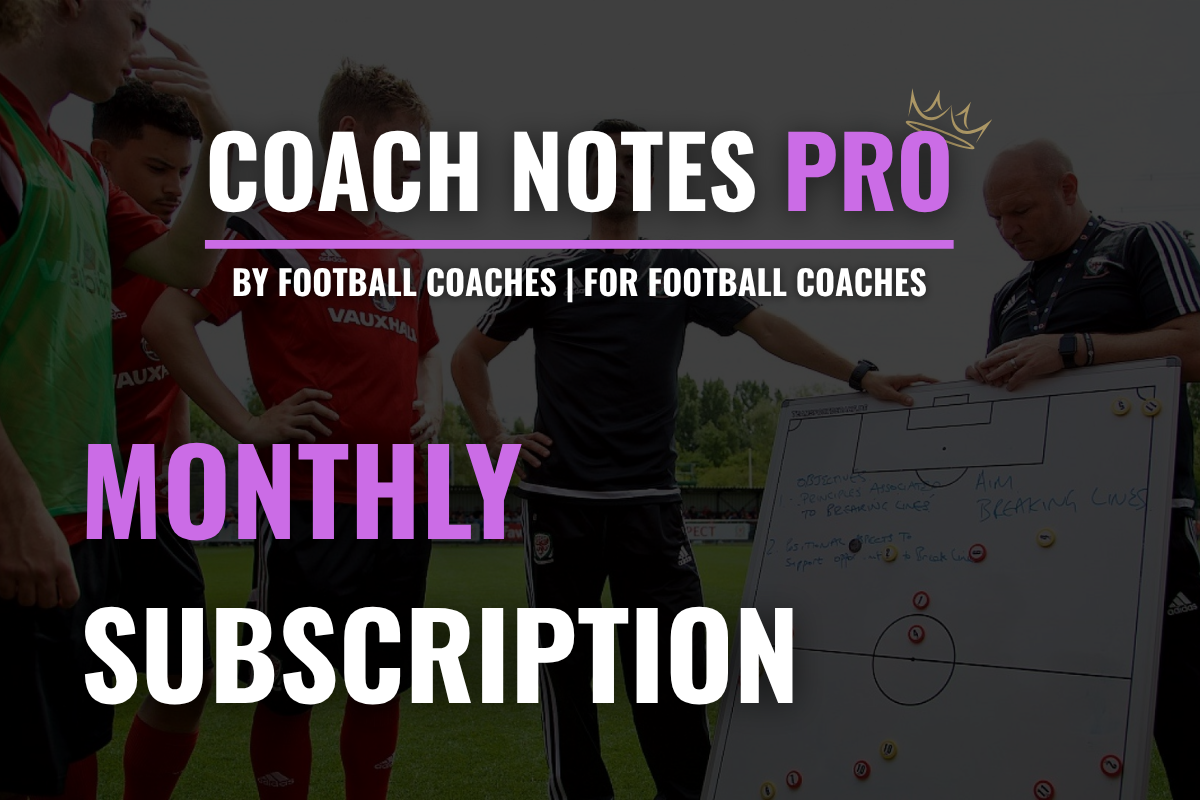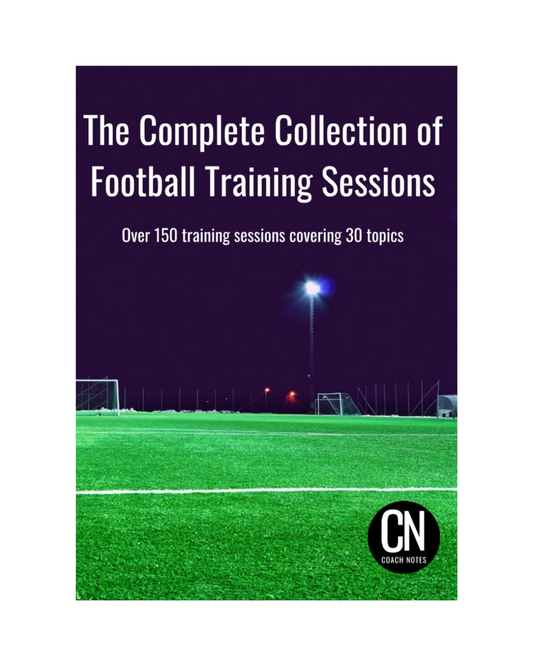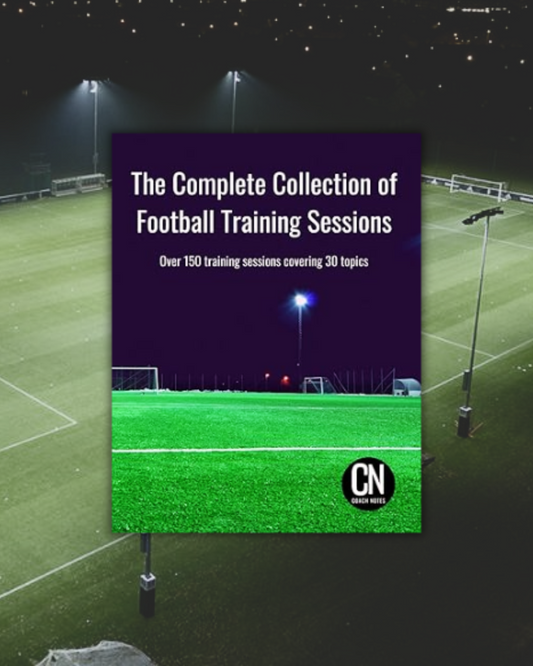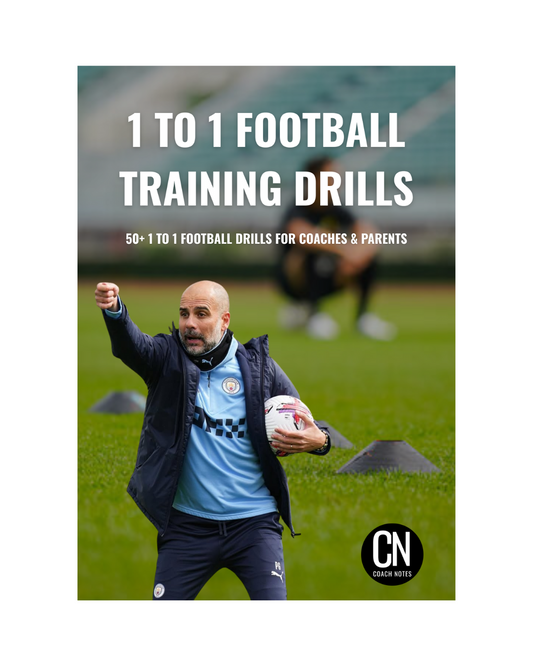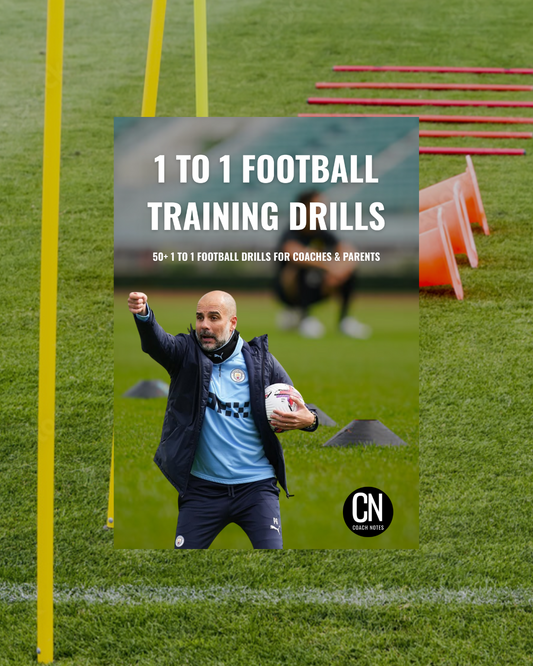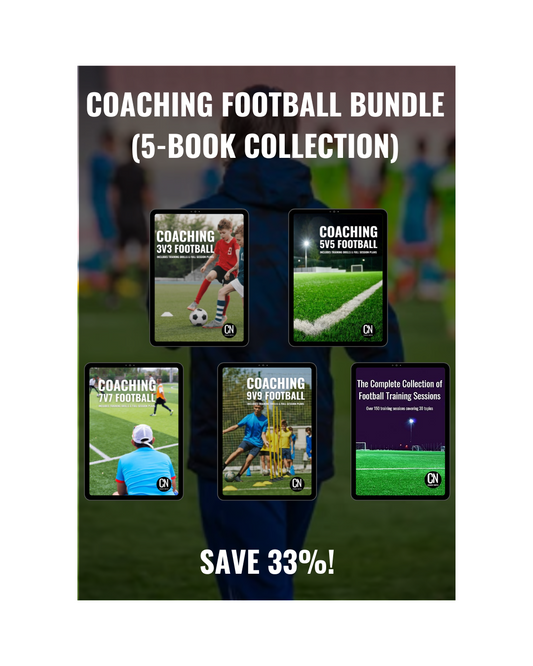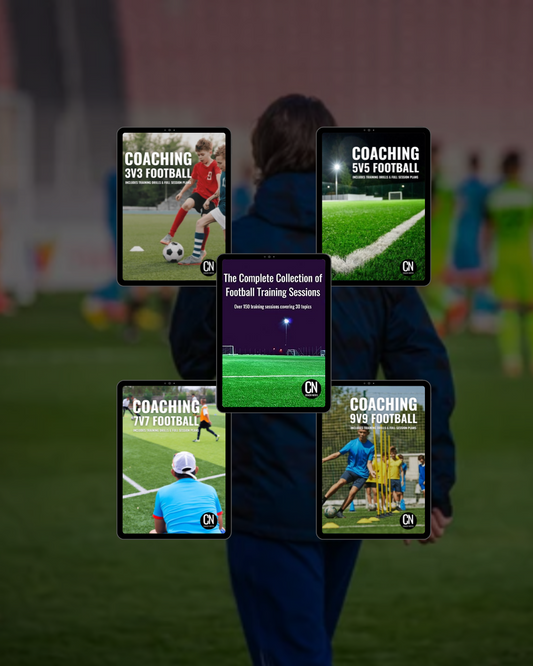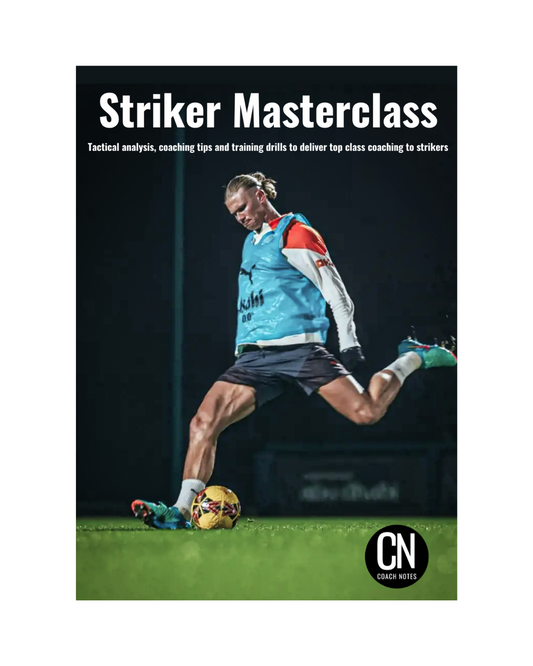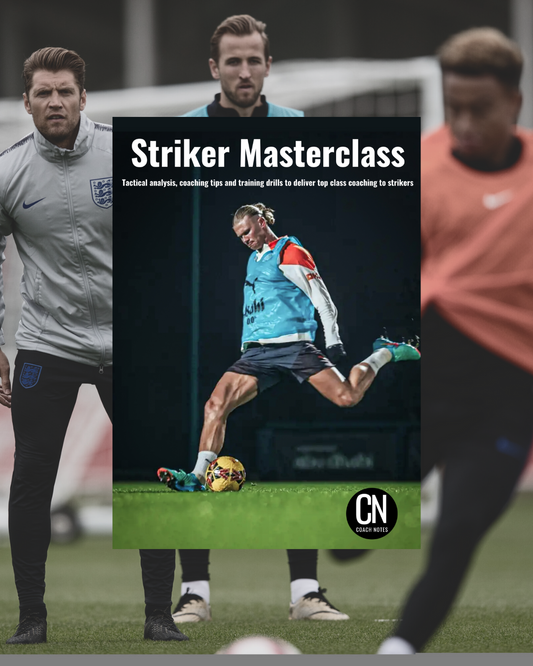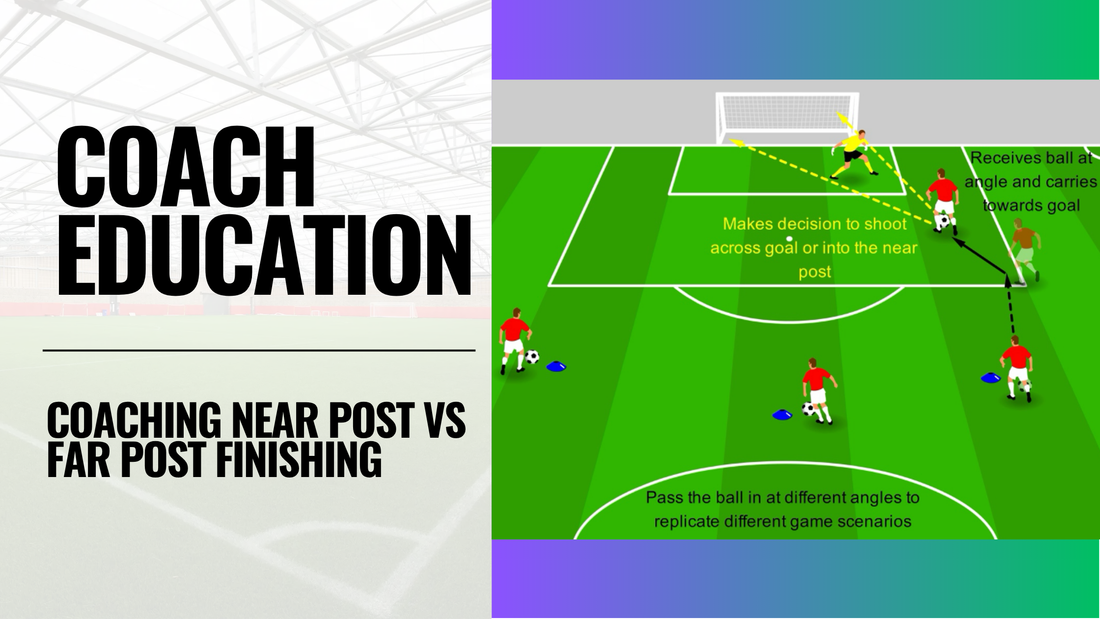
Coaching Near Post vs Far Post Finishing
Share
In front of goal, the difference between a goal and a miss can come down to a split-second decision: Do I go near post or far post? While finishing across the goalkeeper is often seen as the ‘safe’ or more traditional choice, modern football demands that players are equally capable and confident finishing into either side of the net.
This article explores how coaches can develop players’ understanding of near post versus far post shooting, what cues to look for, and how to design training sessions that reinforce smart, game-relevant finishing choices.
🎯 The Case for Shooting Across Goal (Far Post)
In most scenarios, shooting across the goal (to the far post) is the higher percentage option. There are several tactical and technical reasons for this:
✅ Harder for the Goalkeeper
A shot hit low across goal forces the keeper to dive at full stretch and reach the far corner, often their weakest area to cover, especially if the shot is quick and flat.
✅ Creates Secondary Chances
Even if the initial shot is saved, rebounds often fall centrally into dangerous areas where teammates can follow up. A save at the near post is usually pushed wide or out of danger, but a far post save can drop kindly for tap-ins.
✅ Maximises Shooting Angle
When players are attacking from a wide or angled position, aiming far post gives them more goal to shoot at and increases the chance of scoring with a curved or driven finish.
⚽️ The Case for Shooting Near Post
While less common, near post finishes can be a valuable option when executed well and in the right context.
✅ Catches the Goalkeeper Off Guard
Most keepers will anticipate a far post finish and begin shifting their weight in that direction. A sharp shot near post particularly with minimal backlift can beat the keeper before they can adjust.
✅ Essential When Far Post Is Blocked
If a defender is positioned to block the angle or if the far post line is crowded, going near post may be the only viable route to goal.
✅ Effective for Quick Strikes
In tight spaces, getting the shot away early before the keeper sets may favour the near post, especially if there’s no time to set up a more elaborate finish.
🧠 Coaching Decision-Making: What Players Should Look For
Helping players make smart finishing decisions under pressure is a major part of developing intelligent attackers. Coaches should encourage strikers and wide forwards to scan for three key things:
1. Goalkeeper Positioning
- Are they slightly off their line?
- Are they leaning or shifting toward the far post?
- Are they anticipating the obvious choice?
2. Defender Location
- Is the far post angle blocked?
- Are they screening the pass or shot line?
- Are they rushing to cover or already static?
3. Support Options
- Is there a teammate arriving centrally?
- Could a far post finish create a rebound opportunity?
- Will a blocked near post shot result in a corner or turnover?
Encouraging players to scan before shooting even for half a second helps them choose the right option and execute with more confidence.
🧱 Training Session Structure: Developing Both Finishing Options
Designing drills that isolate both finishing types allows players to build the technique and decision-making skills they’ll need in games.
⚽ Angled Finishing Drill
Setup:
- Area: 20x15 meters with a goal at one end.
- Players: 1 goalkeeper, 3-4 strikers rotating.
- Equipment: Several footballs, cones marking shooting angles.
Instructions:
- Starting Position: The striker begins near the edge of the penalty area at a wide angle.
- Pass & Approach: A coach or teammate plays a pass into the striker’s path.
- Shooting Decision: The striker chooses between aiming across goal for the far post or surprising the goalkeeper with a near-post finish.
- Technique Focus: Players must keep their body over the ball to maintain accuracy and ensure a driven shot.
- Variation: Spare attackers follow in to attack any potential rebounds
- Repetition: Rotate strikers to attempt finishes from both left and right-sided angles.

👉 Tips for Coaches
- Don’t favour one option over the other in training. Instead, coach players to recognise the right situation for each.
- Use video clips from matches to highlight examples of both types of finishes and what made them successful.
- Reinforce that goalkeepers are not perfect, unexpected decisions can be just as valuable as ‘correct’ ones.
- Incorporate finishing under fatigue or pressure to replicate match conditions.
💭 Conclusion: Build Intelligent Finishers
The goal isn’t just to build players who can shoot, it’s to build players who understand when and where to shoot, and can do so with confidence and purpose.
By coaching near post and far post finishing together and teaching players to read the game around them you empower your attackers to make the right decisions in the key moments. The end result? More goals, more consistent finishing, and a greater impact in the final third.

